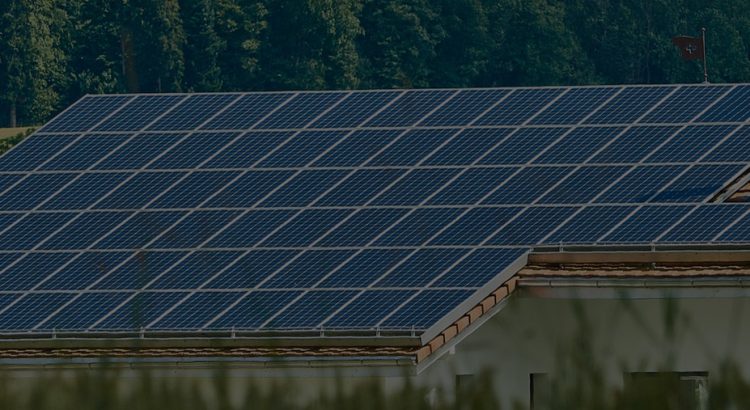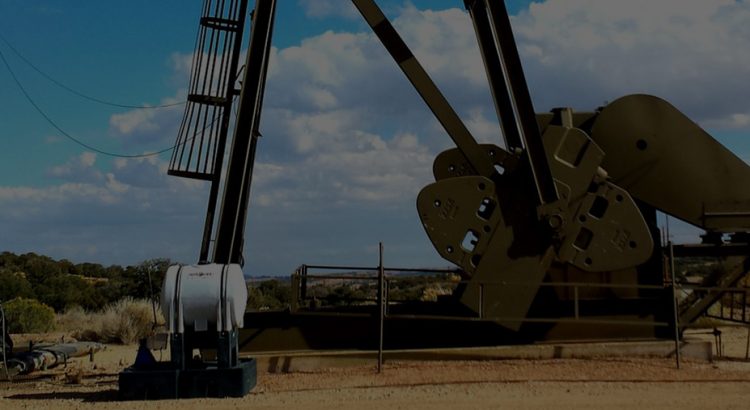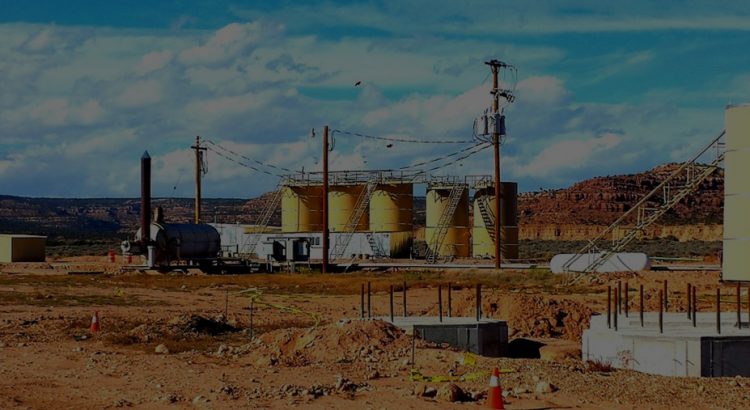Oil and natural gas are very demanding products. There are used worldwide in households, transportation industry, and other fields. However, the price of oil and natural gas is increasing. The supply of these products is also limited. Oil companies are finding it hard to find sites to extract oil. In this grave situation, scientists are looking for alternative energy sources. Here are some substitutes for oil and natural gas that you should know about.
Solar energy
The sun is the biggest energy source found on earth and it’s absolutely free. Solar energy is easy to transport and it has low cost. It doesn’t cause any pollution, so you won’t have to worry about any harmful impact on the environment.
Wind energy
Wind can produce electricity without producing any harmful byproducts. Its infrastructure is simple and is less costly. No pollutants are released, so the environment remains safe.
Hydroelectric energy
It is possible to produce electricity from the movement of water. No waste is produced and power can be generated constantly.
Biofuels
Biofuel is a probably going to enter the transportation market within the next 5 to 10 years. It is possible to produce ethanol from corn and other fibrous plants.
These alternative sources of energy might give us great results in this competitive market of oil. Before we run out of all the oil reserves, we must switch to some of these alternative energy sources.







